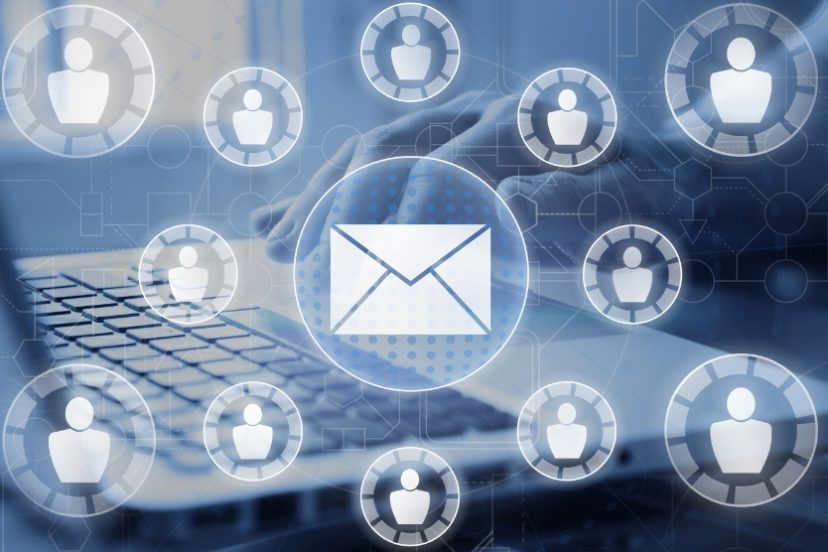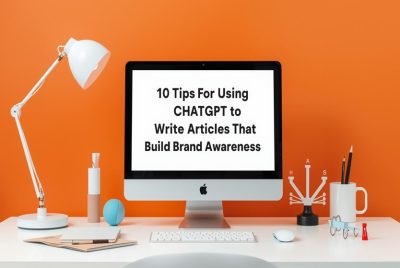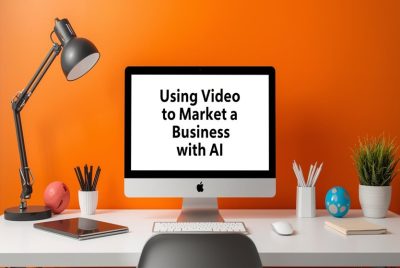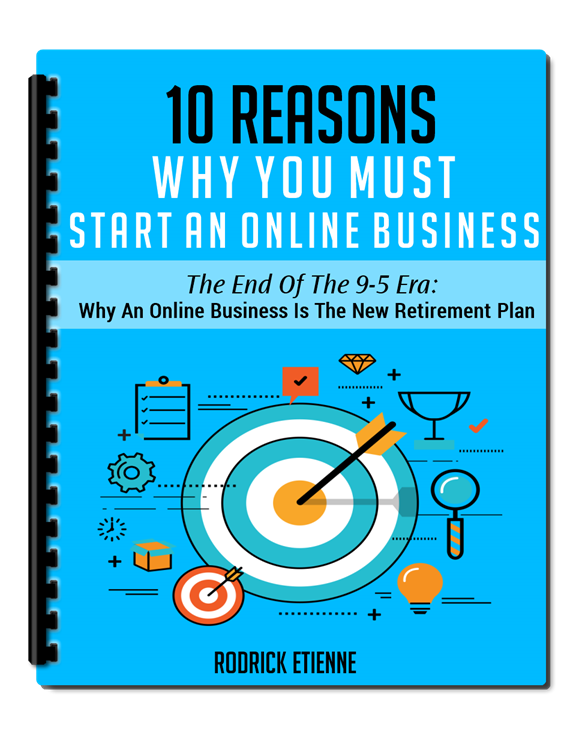Every entrepreneur and business owner is racing against time—time to capture attention, convert leads, and stay…
10 Proven Tips On Using AI To Build Customer Email Lists That Convert

Email marketing has always been one of the most reliable channels for building strong customer relationships and generating sales.
But as competition grows, and inboxes get more crowded, business owners and entrepreneurs need smarter ways to attract, segment, and convert subscribers.
That’s where artificial intelligence (AI) comes in. AI in email marketing is no longer just a buzzword—it’s a real game-changer that can help you grow a responsive email list faster and more effectively than traditional methods.
Get ready to learn about 10 proven tips on how to use AI tools and strategies to build an email list that doesn’t just grow in numbers, but actually converts into paying customers.
We’ll share practical examples, best practices, and even hacks you can start applying today.
Let’s get to it.
1)) Use AI-Powered Lead Magnets To Attract The Right Audience
Getting someone to hand over their email address today takes more than a simple “subscribe to our newsletter” button.
People want something valuable in return, and AI can help you deliver that value in a highly personalized way.
By leveraging AI-driven tools, you can create lead magnets (like eBooks, reports, or mini-courses) that are not generic, but customized to your audience’s unique interests and behaviors.
For example, AI can analyze browsing data on your website to predict what type of resource a visitor is most likely to engage with, then automatically offer the right content in real-time.
Ideas and Hacks for AI-Powered Lead Magnets:
- Use AI writing tools to quickly generate personalized checklists, guides, or templates.
- Create quizzes powered by AI that give tailored results, requiring an email signup to unlock the full report.
- Develop mini video lessons based on trending topics identified by AI-driven research tools.
The key is to ensure your lead magnets are not only relevant but feel uniquely designed for each prospect. When the offer feels personalized, the chances of conversion skyrocket.
2)) Optimize Signup Forms With AI Behavior Analysis
Traditional signup forms are static, and often leave opportunities on the table. AI, however, can dynamically adapt forms in real-time depending on how a visitor interacts with your website.
For example, if someone spends time reading a blog post about marketing automation, AI can trigger a signup form offering an in-depth resource on automation strategies.
This creates a direct alignment between interest and offer.
Checklist To Optimize Signup Forms Using AI:
- Use predictive analytics to identify high-intent visitors and present them with fewer, more relevant form fields.
- Test multiple versions of your form copy and design using AI-driven A/B testing tools.
- Implement exit-intent AI popups that appear right before a visitor leaves your site.
By removing friction and matching offers to behavior, AI makes your signup forms feel less intrusive and more like a natural extension of the visitor’s journey.
3)) Leverage AI Chatbots To Capture Emails 24/7
Not everyone wants to fill out a form. Sometimes, visitors prefer a quick conversation.
That’s where AI chatbots come into play. They can engage prospects in real-time, answer questions, and guide them toward signing up for your list.
AI-powered chatbots can be programmed to ask the right qualifying questions, offer personalized incentives, and capture email addresses seamlessly during the conversation.
Think of it as having a 24/7 sales assistant who never sleeps.
Examples Of AI Chatbot Email Capture:
- A chatbot that offers a free discount code in exchange for an email.
- A quiz-style bot that helps customers find the right product, then emails their results.
- A conversational guide that shares helpful resources, requiring an email to access the full list.
This interactive experience makes signing up feel like a value-driven conversation rather than a one-sided request.
4)) Segment Smarter With AI Insights
A big mistake many businesses make is treating all subscribers the same. Not every lead is at the same stage, and AI in email marketing gives you the ability to segment subscribers with extreme precision.
AI tools can analyze purchase behavior, browsing patterns, demographics, and even email engagement to automatically create dynamic segments.
Instead of sending one generic email blast, you can send highly relevant messages that resonate with each group.
Best Practices For AI-Powered Segmentation:
- Segment based on predicted buying behavior (first-time buyer vs. repeat customer).
- Use engagement scores to separate active from inactive subscribers.
- Create micro-segments around content interests, product preferences, or demographics.
Smarter segmentation means better open rates, higher click-through rates, and most importantly, more conversions.
5)) Predict Customer Needs With AI Personalization
One of the most powerful aspects of AI in email marketing is predictive personalization.
Instead of waiting for a customer to show interest, AI can anticipate their needs and deliver tailored messages ahead of time.
Imagine an AI tool analyzing your customer’s past purchases and predicting when they’ll likely need to reorder.
You could then send them a timely reminder email just before they run out.
Or if someone frequently browses certain categories on your website, AI could trigger a personalized offer before they even ask.
Resources To Implement Predictive Personalization:
- AI recommendation engines like those used in e-commerce stores.
- Email platforms with built-in predictive analytics (AWeber, Mailchimp, ActiveCampaign).
- Custom AI scripts integrated into your CRM.
By staying a step ahead, you demonstrate value and relevance—two things that greatly increase the likelihood of list engagement and conversions.
6)) Enhance Content With AI Copywriting Tools
Crafting subject lines, headlines, and calls-to-action can be time-consuming. And let’s be honest: not every business owner is a natural copywriter.
This is where AI-powered writing tools can save time and boost performance.
These tools use natural language processing to generate high-converting email copy, often backed by data from millions of campaigns.
You can instantly test multiple variations and see which resonates most with your audience.
Swipes And Templates For AI Copywriting:
- Subject line generators optimized for open rates.
- CTA (call-to-action) templates designed for urgency or curiosity.
- Personalized content suggestions based on customer data.
The beauty of AI writing assistants is not to replace human creativity but to enhance it, helping you consistently create compelling messages that drive conversions.
7)) Clean And Maintain Your Email List With AI
A bloated list full of inactive or fake emails doesn’t do your business any good. In fact, it can hurt your deliverability and waste resources.
AI tools can help you automatically identify and clean up your list, keeping it healthy and conversion-ready.
AI-driven list hygiene solutions can detect:
- Inactive subscribers who haven’t engaged in months.
- Fake or misspelled email addresses.
- Potential spam traps that could hurt your sender reputation.
Hacks To Maintain A Healthy Email List:
- Automate re-engagement campaigns triggered by inactivity.
- Use AI-powered validation tools at the point of signup.
- Segment and suppress cold leads before they damage your deliverability score.
A clean list ensures your emails reach real people who actually want to hear from you, maximizing ROI.
8)) Use AI To Automate A/B Testing
A/B testing is essential for optimizing your email campaigns, but it can be slow and tedious when done manually.
AI changes that by running multiple variations at scale, analyzing results in real-time, and even predicting which version will perform best.
For example, instead of testing two subject lines over weeks, AI can quickly analyze historical engagement data to suggest the winning variation before you even hit “send.”
Best Practices For AI A/B Testing:
- Test subject lines, CTA buttons, design layouts, and sending times.
- Use AI tools that can automatically re-route more traffic to the winning variation.
- Continuously run micro-tests instead of occasional large ones.
With AI, optimization becomes an ongoing, automated process rather than a one-off experiment.
9)) Scale Outreach With AI-Driven Drip Campaigns
Building a responsive list isn’t just about capturing emails—it’s about nurturing those subscribers into loyal customers. That’s where AI-driven drip campaigns come in.
AI can help you design automated sequences that feel personal, timely, and relevant to each subscriber’s journey.
For instance, someone who downloads a free guide might automatically receive a series of emails introducing your services, offering case studies, and eventually presenting a special discount.
Examples Of AI-Driven Drip Campaigns:
- Onboarding sequences tailored to product usage.
- Abandoned cart recovery emails with predictive incentives.
- Seasonal campaigns adjusted dynamically by AI.
The result? Your subscribers don’t just stay on your list—they stay engaged and convert over time.
10)) Track And Improve With AI Analytics
Finally, no list-building strategy is complete without tracking results. Traditional analytics tell you what happened.
AI analytics go further by telling you why it happened and what you should do next.
AI-powered dashboards can reveal deep insights, such as which subscriber segments bring the most revenue, or which types of content lead to the highest conversions.
More importantly, they can recommend specific actions, like adjusting send times or creating a new segment based on trending behavior.
Resources For AI Analytics In Email Marketing:
- Platforms like AWeber, Campaign Monitor, or Mailchimp with AI dashboards.
- Third-party AI analytics tools that integrate with your CRM.
- Predictive models that highlight your highest-value leads.
By consistently tracking and adjusting your strategy with AI insights, you’ll never be stuck guessing what works—you’ll know exactly how to grow your list with confidence.
Conclusion
Using AI in email marketing isn’t about replacing human creativity—it’s about enhancing it.
With the right tools and strategies, you can build an email list that grows faster, engages deeper, and converts at a higher rate than ever before.
From AI-powered lead magnets and chatbots to advanced segmentation and predictive analytics, the opportunities are endless for business owners and entrepreneurs who want to stay ahead of the curve.
The key is to start small, experiment, and let AI handle the heavy lifting so you can focus on building meaningful connections with your audience.
If you want to build a customer email list that actually converts, the time to embrace AI is now.





